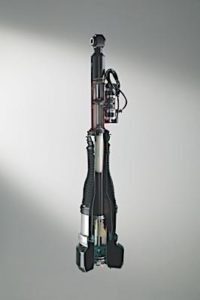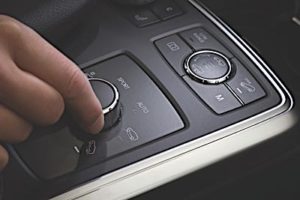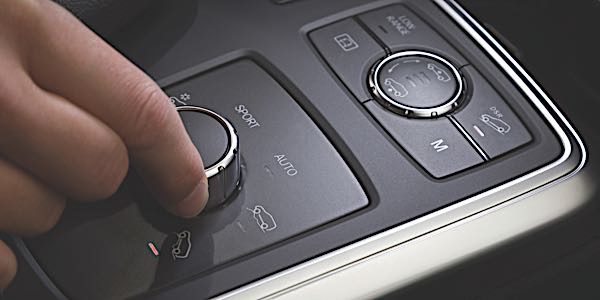Air ride systems can offer great benefits for drivers. They can improve ride quality and add functionality like increased ride height for off-road excursions — all while keeping the rear level under loaded conditions.

But, as with other hard-working components, air ride shocks and struts will eventually fail — succumbing to either damage to or dry rot of the air spring. In addition, the dampener, which is just like any other shock or strut, will lose its ability to control the movement of the suspension due to internal wear and lose fluid inside the dampener.
When an air ride system fails, there can be up to four different options to return the vehicle to operating condition. Some involve repairing the existing air ride system, while others involve replacing the system with springs and passive shocks and struts. All options have their pros and cons.
But no matter which option is being considered, the customer’s budget and needs must be taken into account at the forefront.
Air Ride Replacement
As mentioned previously, one option is to repair the system by replacing the damaged air ride units with new units. The benefits of this option are that it restores the vehicle’s air ride suspension to its original condition and functionality.
Cost is considered one of the downfalls of replacing the air ride units with new parts. But, new units are available from aftermarket sources that are less expensive than OE units. Remanufactured units are also available for some applications. It is highly recommended that you replace the compressor and the dryer assembly while doing the job to ensure that the replacement air ride unit will last.
Diagnostic Labor
If you are thinking about recommending the latter option of converting to springs and passive shocks or struts (or maybe the owner is asking), you first need to make sure that you have done everything possible to properly diagnose the air ride system failure.
Diagnostic labor will be cheaper in some cases than a conversion kit. It could also be more profitable for your shop. With modern air ride systems, failures can occur in multiple areas, including the control modules, solenoids and even the vehicle network. A failure may appear to be a leaking air bag, but it might be a control module that can’t communicate, a stuck solenoid or a worn-out compressor. In some cases, the control module will require reprogramming to resolve a problem.
To diagnose an air ride problem, sell at least one hour of diagnostic labor. If the system is sophisticated like those found on late-model Land Rovers or Mercedes-Benz models with the ABC suspension, you will need to bill more diagnostic labor.

Conversion Kits
Regarding replacing the system with springs and passive shocks and struts using a conversion kit, consider that while the estimate for this job might be in line with replacing the air units, you could be removing a part of the vehicle that the customer might have grown to enjoy.
When you convert an air ride system to springs you are not just getting rid of the load-leveling part of the suspension, you are also removing an engineered system that balances air pressure and dampener valve controls. This system is controlled by sensors that detect road conditions and body movement.
Another factor to consider is the value of the vehicle. A functioning air ride system can add thousands to the price of some vehicles. On other vehicles, the price may have depreciated to the point where a functioning system makes little difference.
However, the conversion could also be a selling advantage. The greatest advantage of a spring conversion is the promise that the customer will not have to endure warning lights and messages during cold mornings or when the suspension has a large correction to make.
When you are looking for a conversion kit, make sure to select one that offers an electronic bypass for the air ride module. These modules perform two functions. First, they disable the module and, in some cases, allow it to be removed from the vehicle. Second, they allow the CAN bus signals to be routed through the bypass and to the next module on the network.
With more and more air ride-equipped vehicles accumulating miles, you can expect to see a steady stream of these vehicles in your bays. You also have more options than ever before when it comes to replacement parts and conversion kits. When writing an estimate for an air ride repair, make sure you give the customer these options.
The best advice is to listen to the customer. Find out if they are aware what the air ride system offers in the areas of comfort and utility, and also inquire about how they use their vehicle.
On some SUVs, the load-leveling capabilities of the air ride system improve towing capacity and stability — two benefits your customers may not want to lose.
Article courtesy ImportCar.














